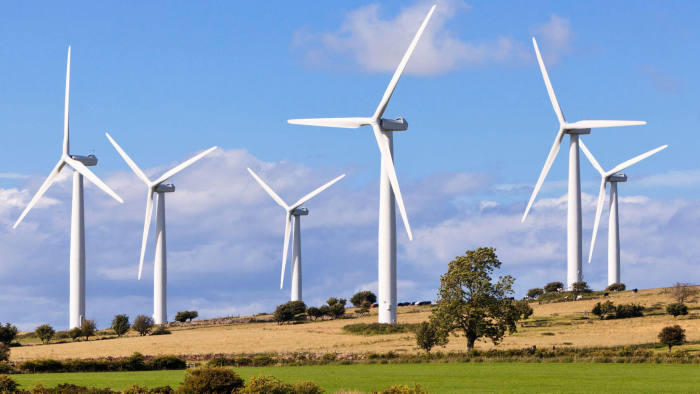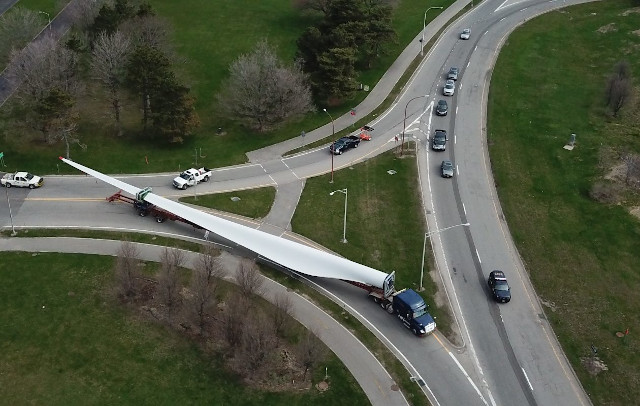It’s appalling exegesis, I realise, but I can’t get out of my head the idea that, at the moment, the “three unclean spirits like frogs” that come out of the mouth of the dragon, the beast and the false prophet in Revelation would do for the three big lies of COVID, Identity Marxism and Climate Emergency. As a biblical interpretation it’s rubbish, of course, unless you can identify the three satanic figures of the end times as separate sources for these plagues. But you have to admit it’s a graphic illustration of the areas in which truth is most under pressure just now.
That observation is no more than an introduction to a subject related to the last of these, seeing that COP26 is in the news. I remember hearing a “Green” propaganda talk for children, in which the various degradation times of common pollutants were named and shamed. Paper lasts so many years in landfill, plastics so many centuries, and glass, horror of horrors, forever. That last one rather gives the game away – glass was known in ancient Egypt, and has been in universal British use as a container for liquids and for windows for many centuries, and yet we seem not to be unduly inundated with the stuff. One reason is that much of it is now easily recycled, of course.
But the message of the talk to children was (apart from scaring them into mental illness, of course) not to throw away anything, and not even to use plastics from those nasty oil-producers; and if we can’t avoid the latter completely, we can take our soft plastic to Tesco to be “recycled” (in a dubiously energy-intense way, as I pointed out here).
Well, Boris Johnson seems to have belatedly though only dimly realised a few of the pitfalls of his “Net Zero by 2035” policy after much well-informed public outcry, by throwing in the hitherto shamefully neglected nuclear energy with an “of course there is also nuclear…” (as if he had ever mentioned it or promoted it before). His main thrust, however, has always been Britain’s plentiful supply of … wind. It is plentiful wind which he will, I’m sure, take with him in his private aircraft to COP26.
Let’s ignore for now the fundamentally flawed energy-economic aspects of reliance on wind turbines for the majority of the national grid, and instead consider simply one aspect: what to do with them after their lifespan of twenty years (or rather less in practice). I’ve cobbled together some facts from various websites, which I have no doubt are inaccurate but good enough for a ballpark estimate of just one thing: worn-out rotor blades.
According to one green energy site, Britain will need around 48,000 wind turbines to replace fossil fuels in the grid. I’m certain this is a gross underestimate once one factors in the load from electric vehicles and the true extra capacity needed for (as yet technically non-existent) storage. But we’ll take the figure and work with it. That 48,000 is somewhat more than 4 times what we have now in onshore and offshore turbines, currently producing 24.2 gigawatts, or by my calculation on average 2.2 megawatts each.
Another source tells me that a 1.5 megawatt turbine blade assembly weighs 36 tons, so if I round up a little since the “average” turbine is larger than that, we arrive at around 2 million tons of rotors killing bats and rare birds as they whirl around (or not, if the wind drops) come Green Shangri-La.
Turbine blades, then, are BIG. And they are made of a complex mixture of plastic, glass fibre, and carbon fibre. Although some attention has been paid to re-commissioning frayed and worn blades for re-use, in practice there is only one firm (in Germany) offering it. What actually happens when a turbine reaches the end of its life is that the blades are cut up into presumably still sizeable chunks and are put into landfill.
As the children’s talk taught me, plastic takes several centuries to break down, and glass never does. Carbon-fibre, when in its pure state, can be recycled by the same energy-intensive high-temperature process of pyrolysis that Tesco claims to use for its soft plastics. But that isn’t going to work when it’s compounded with plastic and glass in turbine blades. And I read that without recycling, carbon-fibre is wonderfully durable and should last indefinitely.
Consequently, once our wind-powered grid of 48K turbines is up and running, which are wearing out regularly, we will be dumping into landfill, from used turbine blades alone, around 2 million tons of permanently-polluting waste every 20 years, or around 100,000 tons annually, on a rolling basis forever. To visualise that, it’s around 7,500 of those 50m long (or 85m for the offshore units) blades going into permanent landfill every year, or 7.5 million of the things every century.
Now you have to add in the toxic materials in the turbines themselves, the waste concrete from the bases, all our defunct solar panels and (if Elon Musk wins out) many cubic miles of worn out batteries.
And you though nuclear waste disposal was a problem.




In related news, it turns out that the Climate Change Committee, on whose advice the government energy strategy is based, have assumed that by 2050 there will only be 7 days in the year when the wind is not enough for turbines to exceed 10% production. So far in 2021 there have been 65 such days. Exhaling unicorns will no doubt make up the deficit in future, according to modelling from Imperial College.
When I told my wife (as she was listening to the news with Boris Johnson puffing away) she said, “It’s like a comedy show, isn’t it?” Yes Minister meets 1984: and we’re expected to trust these morons as they take away both our energy and our liberties..